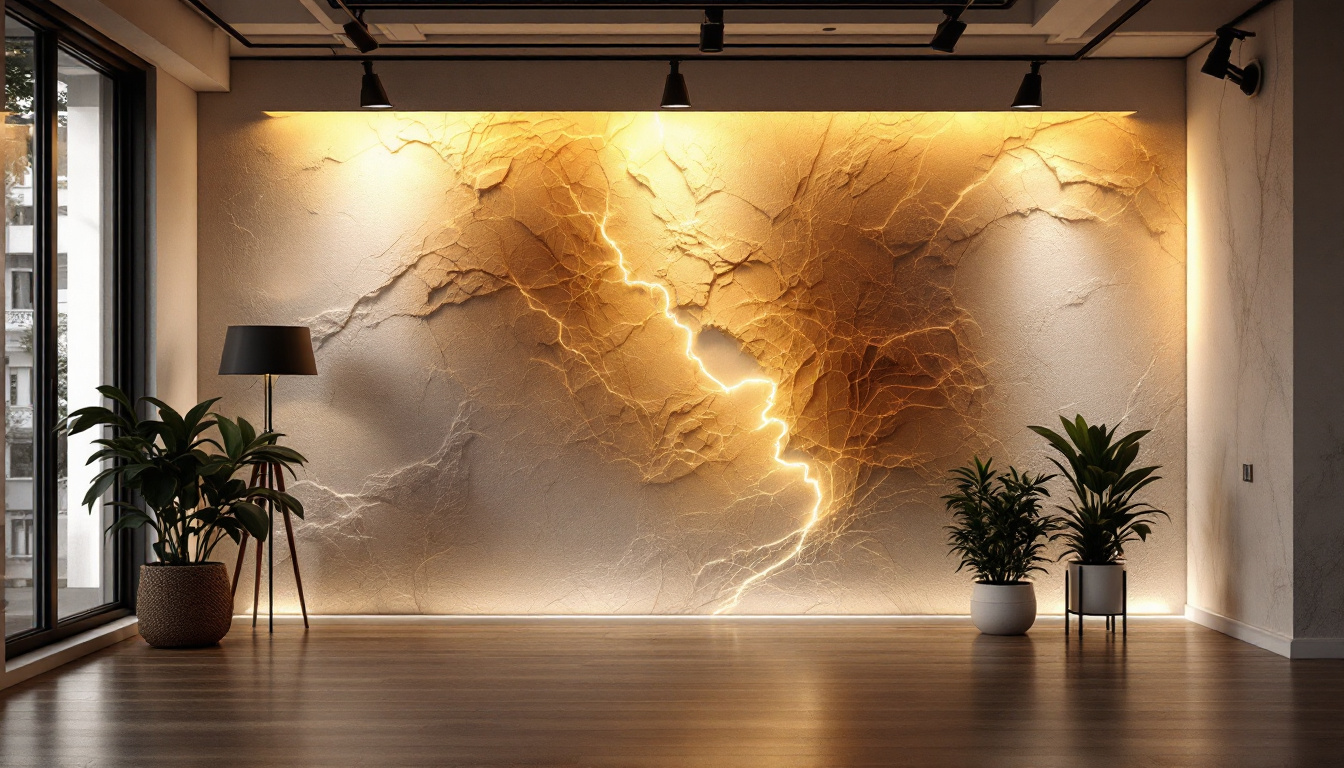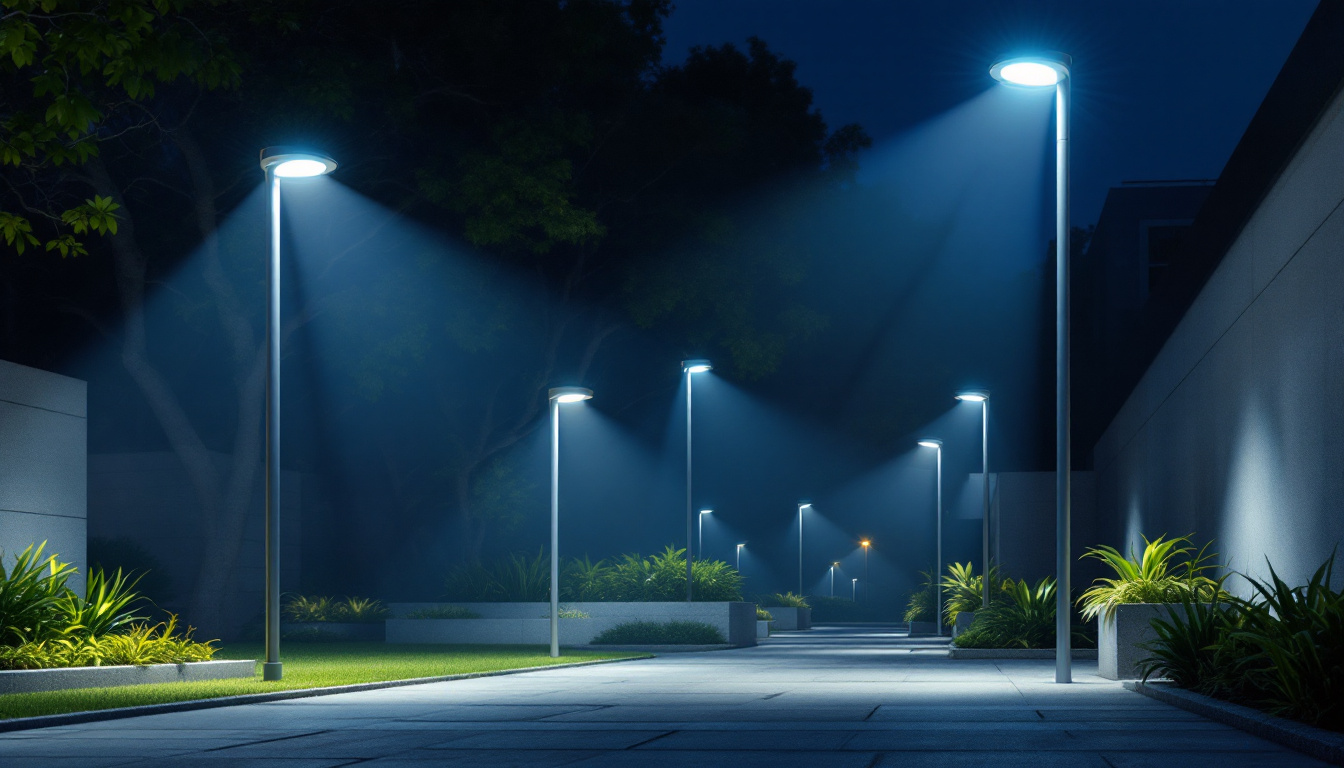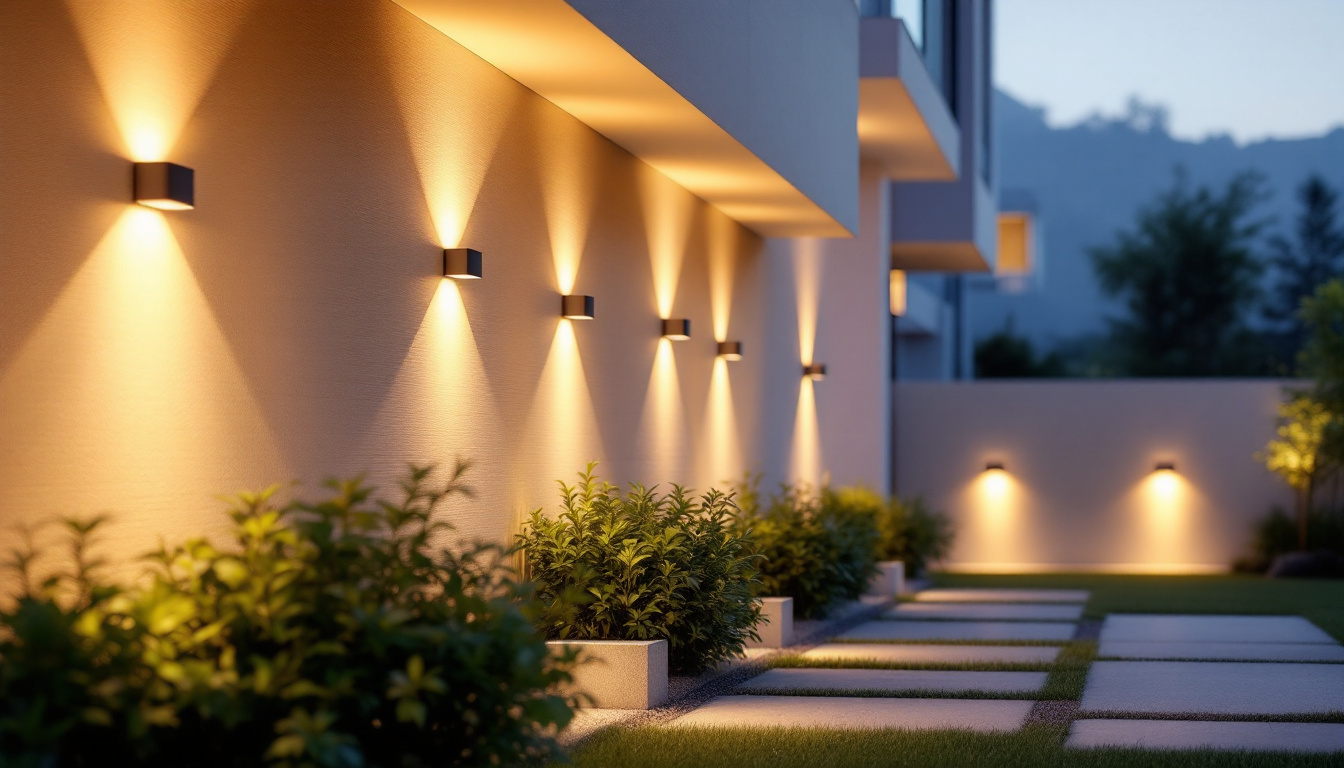
Lighting design plays a crucial role in enhancing the aesthetic appeal and functionality of spaces. Among the various techniques available, the concept of a “lit wall” stands out due to its versatility and impact. This article aims to provide lighting contractors with a comprehensive understanding of lit walls, their applications, and how to effectively implement them in various projects.
A lit wall refers to a wall that is illuminated in a way that enhances its visual impact and creates a specific atmosphere within a space. This technique can be achieved through various lighting methods, including LED strips, wall sconces, or even integrated architectural lighting. The primary goal is to draw attention to the wall, making it a focal point in the room.
Lit walls can serve multiple purposes, from providing ambient lighting to highlighting artwork or architectural features. They are commonly used in residential, commercial, and hospitality settings, where the right lighting can significantly influence the overall ambiance. In homes, for instance, a lit wall can transform a mundane space into a cozy retreat, while in restaurants, it can set the mood for an intimate dining experience. The interplay of light and shadow can evoke emotions and enhance the overall aesthetic appeal of the environment.
There are several types of lit walls, each offering unique benefits and applications. Understanding these variations can help lighting contractors choose the right approach for their projects.
Incorporating lit walls into a design scheme not only enhances the aesthetic appeal but also contributes to the functionality of a space. For example, in a home office, a lit wall can provide focused lighting for work tasks while simultaneously creating an inspiring backdrop for video calls. In retail environments, strategically placed lit walls can guide customers through the store, drawing them toward featured products or promotional displays. The versatility of lit walls makes them an invaluable tool for designers and architects looking to create engaging and dynamic spaces.
Incorporating lit walls into a design can offer numerous advantages for both contractors and clients. Understanding these benefits can help in selling the concept to potential clients and ensuring successful project outcomes.
One of the most significant benefits of lit walls is their ability to enhance the overall aesthetics of a space. By strategically placing lighting, contractors can create a visually appealing environment that aligns with the client’s vision. Whether it’s a cozy living room or a sophisticated restaurant, the right lighting can transform any space. The interplay of light and shadow can highlight architectural features, artwork, or textures, adding depth and character. Moreover, lit walls can serve as focal points, drawing attention to specific areas and creating a sense of drama or tranquility, depending on the desired effect.
Lit walls can also improve the functionality of a space. For instance, in work environments, well-lit walls can reduce eye strain and improve productivity. In residential settings, they can provide soft illumination for evening gatherings, creating a warm and inviting atmosphere. Additionally, lit walls can enhance safety by illuminating pathways and staircases, reducing the risk of accidents during nighttime. In commercial spaces, strategically placed lighting can guide customers through a store, highlighting products and encouraging purchases, thus improving the overall shopping experience.
With advancements in lighting technology, many lit wall solutions are now energy-efficient. LED lighting, for example, consumes significantly less energy than traditional incandescent bulbs while providing superior brightness and longevity. This not only benefits the environment but also reduces energy costs for clients. Furthermore, the longevity of LED lights means less frequent replacements, which can save on maintenance costs over time. Many modern lit wall designs also incorporate smart technology, allowing users to control brightness and color temperature, optimizing energy use even further and creating customizable lighting scenarios that suit various moods and occasions.
Lit walls come in a variety of designs and materials, offering versatility that can cater to different styles and preferences. From sleek, modern finishes to rustic, textured surfaces, the options are virtually limitless. Contractors can choose from backlit panels, illuminated shelves, or even integrated lighting within wall art, allowing for creativity in design. This adaptability means that lit walls can be seamlessly integrated into any project, whether it’s a minimalist office or a vibrant entertainment venue. Additionally, as trends in interior design evolve, lit walls can be updated or modified with relative ease, ensuring that spaces remain fresh and contemporary over time.
When designing a lit wall, several factors must be considered to ensure optimal results. Lighting contractors should take the time to evaluate each project individually, as each space has its unique requirements.
The material and texture of the wall play a significant role in how light is perceived. Smooth surfaces tend to reflect light more evenly, while textured surfaces can create interesting shadows and patterns. Contractors should assess the wall’s characteristics to determine the most effective lighting approach.
Proper placement and angle of the lighting fixtures are crucial for achieving the desired effect. For instance, wall wash lighting often requires fixtures to be positioned at specific angles to ensure even coverage. Additionally, the height at which lights are mounted can influence the overall ambiance, so careful consideration is essential.
Choosing the right color temperature and brightness is vital in creating the desired atmosphere. Warm tones (2700K-3000K) are typically used in residential settings for a cozy feel, while cooler tones (4000K-5000K) are more suited for commercial spaces where clarity and focus are essential. Balancing brightness levels is equally important to avoid overwhelming the space.
Proper installation is key to achieving the best results with lit walls. Lighting contractors should be familiar with various installation techniques to ensure that the lighting not only looks good but also functions effectively.
Before installation, it is essential to plan the wiring and electrical requirements. This includes determining the power supply, ensuring that circuits can handle the load, and complying with local electrical codes. Proper planning can prevent future issues and ensure a safe installation.
Selecting the right fixtures is crucial for achieving the desired lighting effect. Contractors should consider factors such as the fixture’s size, shape, and light output. Additionally, choosing fixtures that complement the overall design of the space can enhance the aesthetic appeal.
Once the installation is complete, testing the lighting is essential. This includes checking for even light distribution, adjusting brightness levels, and making any necessary changes to optimize the effect. Taking the time to fine-tune the installation can significantly impact the final outcome.
Lit walls can be utilized in various settings, each with its unique requirements and benefits. Understanding these applications can help lighting contractors identify opportunities for incorporating lit walls into their projects.
In residential settings, lit walls can create a warm and inviting atmosphere. They can be used in living rooms, bedrooms, and hallways to enhance the overall design. For example, a backlit feature wall behind a bed can serve as a stunning focal point while providing soft illumination for nighttime reading.
In commercial spaces, lit walls can be used to promote branding and create a professional ambiance. Retail stores often use wall wash lighting to highlight merchandise, while offices may incorporate accent lighting to showcase artwork or company values. The right lighting can significantly influence customer experience and employee productivity.
In the hospitality sector, lit walls play a vital role in creating memorable experiences for guests. Hotels and restaurants often use dramatic lighting to set the mood, whether it’s a cozy dining area or a luxurious lobby. Thoughtfully designed lit walls can enhance the overall ambiance and leave a lasting impression on visitors.
While lit walls offer numerous benefits, they also come with challenges. Being aware of these potential issues can help lighting contractors develop effective solutions.
One common challenge is light pollution, which can occur when lighting is too bright or improperly directed. This can be particularly problematic in residential areas where excessive light can disturb neighbors. To mitigate this, contractors should consider using dimmable fixtures and adjusting the angle of the lights to minimize glare.
Another challenge is the maintenance of lit walls, especially when using integrated lighting solutions. Over time, bulbs may need to be replaced, and fixtures may require cleaning. Contractors should choose durable materials and easy-to-maintain fixtures to ensure longevity and ease of upkeep.
Educating clients about the benefits and limitations of lit walls is crucial for successful implementation. Contractors should provide clear explanations of how lighting works, the importance of design considerations, and the ongoing maintenance required. This knowledge can help clients make informed decisions and appreciate the value of lit walls in their spaces.
In conclusion, lit walls represent a powerful tool for lighting contractors looking to enhance the aesthetics and functionality of various spaces. By understanding the different types of lit walls, their benefits, and the design considerations involved, contractors can create stunning environments that meet their clients’ needs.
As the demand for innovative lighting solutions continues to grow, embracing the concept of lit walls can set contractors apart in a competitive market. By staying informed about the latest trends and technologies, lighting professionals can ensure they are well-equipped to deliver exceptional results in every project.
Ready to transform your lighting designs with the power of lit walls? At LumenWholesale, we provide lighting contractors with the highest quality, spec-grade lighting products at prices that can’t be beaten. Say goodbye to local distributor markups and hello to a vast selection of reliable lighting solutions that meet rigorous industry standards. With free shipping on bulk orders, you can stock up on premium lighting without worrying about hidden fees. Elevate your projects with the perfect combination of quality, value, and convenience. Discover Wholesale Lighting at the Best Value and make your next lit wall project shine with LumenWholesale.

Discover essential tips for selecting LED area lights and learn how to sidestep common pitfalls in lighting projects.

Discover the latest innovations in electric whips and how they’re transforming the lighting industry.

Discover essential tips and insights for lighting contractors on selecting and installing outdoor LED wall downlights.

Discover the hidden aspects of LED lighting in home design that even seasoned contractors might miss.